Capitalising on the power of Instagram, SALT of Palmar is injecting more youthful energy into a traditionally older tourism market.

February 13th, 2020
Scroll Instagram and images of SALT of Palmar will stop your finger in its tracks. The resort on the east coast of Mauritius is covered in French artist Camille Walala’s eye-popping bold colours, playful shapes and geometric patterns that undoubtedly grab attention. More than an Insta-worthy backdrop, the colours, shapes and patterns are an expression of the positive outlook of Mauritians and are intended to attract a younger tourist demographic to the traditionally older market.
Instagram has become an important influence in inspiring travellers and shaping the popularity of a place. Design has consequently become a vital point of difference and promotion as destinations appeal and jockey for attention. SALT creator Paul Jones, CEO of LUX* Resorts & Hotels, commissioned Camille for her uninhibited style, wanting to attract more a youthful generation to the Indian Ocean island and to forge a meaningful connection between the hotel and its natural and cultural surroundings.

Camille is renowned for her large-scale technicolour artworks on buildings and in public spaces, their exuberant visual energy intended to raise smiles and lift moods. Similarly, for Mauritians, colour is and expression of joy and positivity, providing a synergy between Camille’s creative expression and the island’s character.
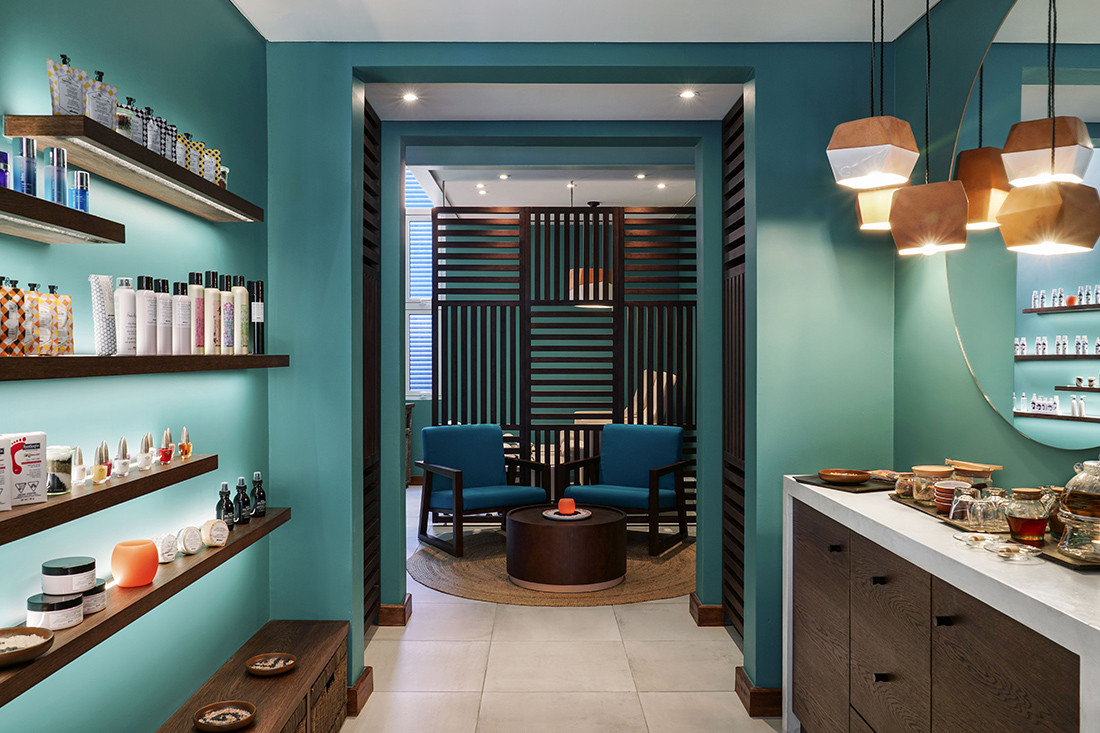
Camille drew inspiration from the culture and landscape of Mauritius, deriving natural and vivid hues environment and architecture, accented with a recurring motif of black and white stripes. “I was blown away with how many vibrant and bold colours you find around the island,” Camille says. “People paint their houses in the most amazing tones that stand out against the lush tropical setting. From the emerald green of the plants to the ever-changing colours of the sky, I wanted to marry these warm natural tones to my signature pop colours.”

Camille worked with long-time collaborator Julia Jomaa and architect John-François Adams to realise the ambitious vision for the riad-like hotel’s public areas and 59 guest rooms. She also recruited local craftspeople, including basket-weaves, potters and rattan artisans to create bespoke pieces. Working with local artisans and sourcing local materials is part of SALT’s philosophy, introducing culturally curious travellers to Mauritius and championing sustainability. (SALT has no buffets, fixed TV screens or single-use plastics.)
Like Memphis furniture on an architectural scale, SALT of Palmar is fresh, surprising and fun, and capitalising on the power of Instagram its injecting more youthful energy into a traditionally older tourism market.

Photography by Tekla Evelina Severin
Article originally appeared on Indesignlive Australia
INDESIGN is on instagram
Follow @indesignlive
A searchable and comprehensive guide for specifying leading products and their suppliers
Keep up to date with the latest and greatest from our industry BFF's!

For Aidan Mawhinney, the secret ingredient to Living Edge’s success “comes down to people, product and place.” As the brand celebrates a significant 25-year milestone, it’s that commitment to authentic, sustainable design – and the people behind it all – that continues to anchor its legacy.

A curated exhibition in Frederiksstaden captures the spirit of Australian design

Gaggenau’s understated appliance fuses a carefully calibrated aesthetic of deliberate subtraction with an intuitive dynamism of culinary fluidity, unveiling a delightfully unrestricted spectrum of high-performing creativity.
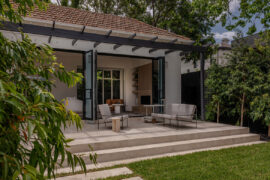
Through experience and with a passion for great design, Biasol is making gentle and perfect waves on the landscape of design.
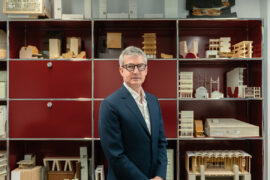
Leading by design, Erik L’Heureux has recently taken the helm of Monash University’s Department of Architecture, and so a new and exciting journey begins for both L’Heureux and the University.
The internet never sleeps! Here's the stuff you might have missed
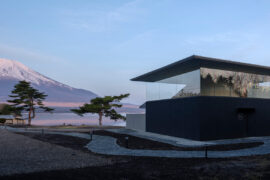
With prime views over Japan’s Mount Fuji, Yū Momoeda’s sauna facility defies typical standards to respond to the undulations of nature.
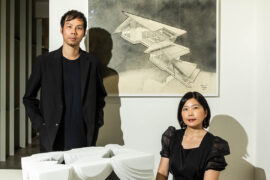
A star of the 2025 INDE Awards is Jenchieh Hung + Kulthida Songkittipakdee / HAS design and research, a practice that made quite the impression on the jury and in the awards.